Class 3 - The Other
Welcome
We’ll do a quick five-minute check in first of all in breakout groups.
Today’s Class
We’re going spend today exploring the first chapter of Kapuściński. We’ll talk about his reflections on othernerss, and discuss the questions that I set for your reading and reflection task last time. Then, in the second half of the class, we’ll think about the history of ideas of otherness.
Talking back to Kapuściński
We’re going to start by thinking about where we disagree with Kapuściński. This is an exercise in close reading. In the first half of the class, I’m going to ask you to go back to the original text, and think about the section that you think is most wrong.
We’ll share our disagreements on a Google doc. Share the following information:
- Your name
- The quoted passage from the original text.
- A short passage about why you disagree.
Break!
Let’s have a tea break!

Thinking thorugh Kapuściński
For your homework, I asked you to read the first chapter of Ryszard Kapuściński’s book The Other (skipping the introduction). The chapter is called “Conquest and Exchange.” Kapuściński was a Polish journalist, and here he reflects on his own encounters with otherness, and the broader human concerns with otherness.
Then I asked you to think about the following questions:
- What do you think Kapuściński means when he says, “every encounter with the Other is an enigma, an unknown quantity — I would even say a mystery”?
- Kapuściński writes from a European perspective. How does this concern with others and otherness translate into your own cultural context?
- Our relationships with others tend to divide between curiosity (what in ancient Greek is called philoxenia, the fascination with the other) and fear (xenophobia, the fear of the other). In what ways do human societies manage this combination of fear and curiosity?
- Albrecht von Haller writes “Nothing is better able to dispel prejudices than familiarity with many peoples of disparate customs, laws and opinions — an otherness that for the price of a minor effort teaches us to cast off what makes people different, and to regard as the voice of nature the things on which all peoples agree.” What is he arguing here, and what is he saying about otherness and sameness? Do you agree?
I’m going to split you into groups to talk through these questions. I’ll assign a question to each group. I am going to give you quite a long time to really dig into these questions and explore them in depth. I want you to answer these questions with reference to the text. So don’t just pluck ideas out of the air: think about the questions, together read and re-read the text, and see what the text is saying.
Use as your starting point your own responses to your assigned question (which should be on Canvas).
You have 20 minutes to discuss. Then I’ll get each group to feed back, giving you 5 minutes each. This should give us an outline understanding of this first chapter of Kapuściński.
Otherness: Monstrousness, opportunity and human variation.
Let’s look more closely at how traditionally people have imagined human variation. Throughout history, “other” nations, races, peoples have often been reimagined as monsters, thus dehumanising them. There’s a great book about this called Making Monsters: the Uncanny Power of Dehumanization by David Livingstone Smith (Harvard University Press, 2021). So we’re going to think about this tendency to demumanise others.
Historically, when we had less information, people from elsewhere — people who were other — were quite literally imagined as monsters. They were yakṣas or rākṣasas or demons. In Europe, fanciful travellers’ accounts since Greek times reported on human variation. Take these images from the Nuremberg Chronicle, which is a German book from 1493 by Hartmann Schedel (1440-1514).
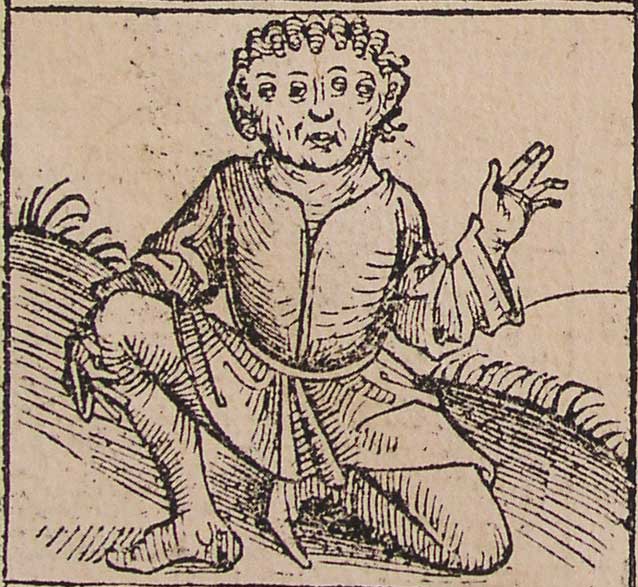
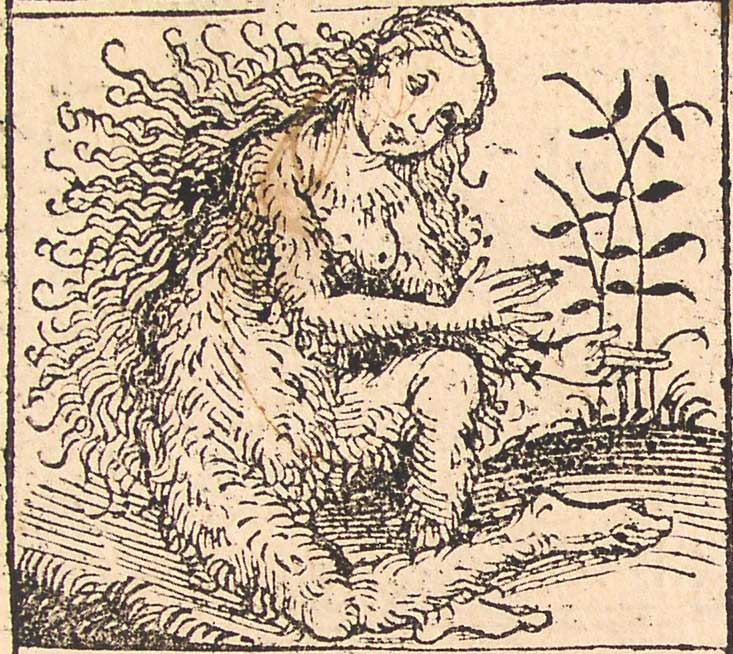
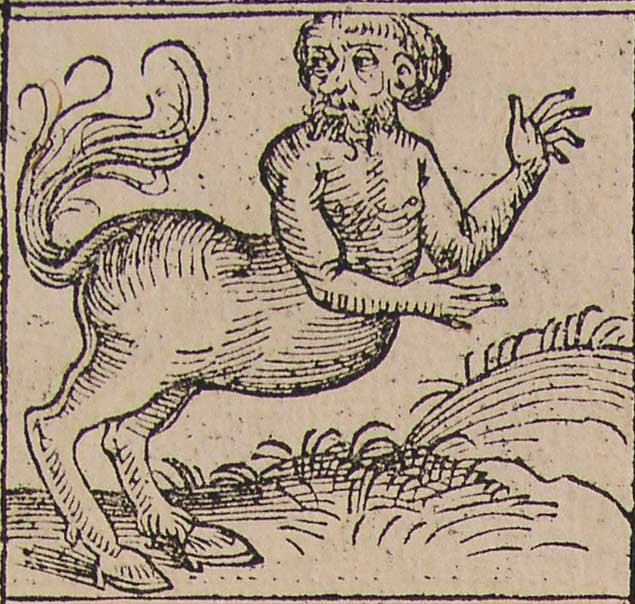
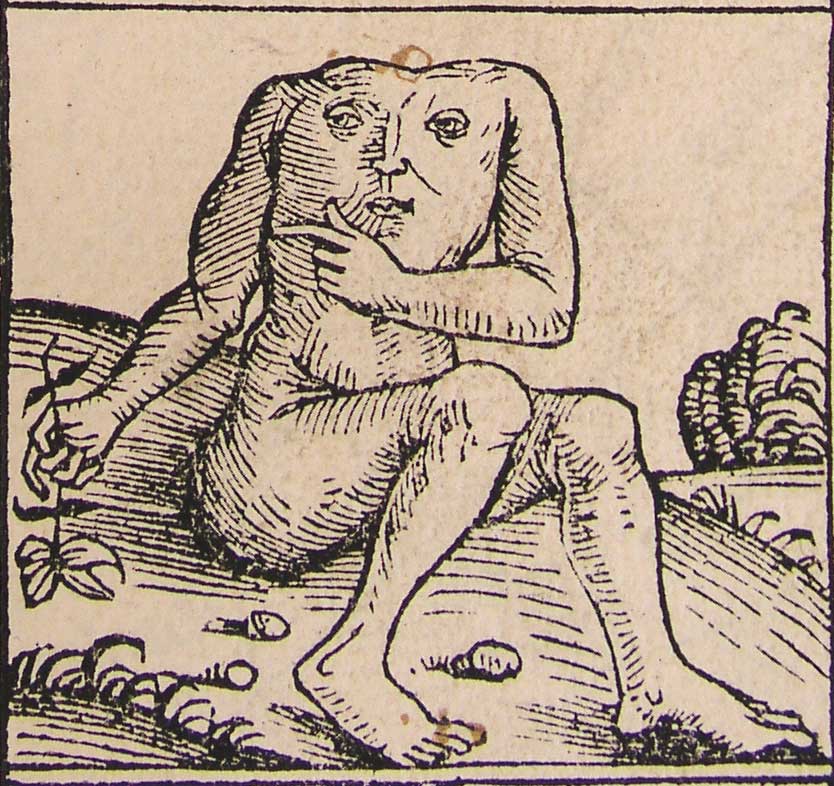
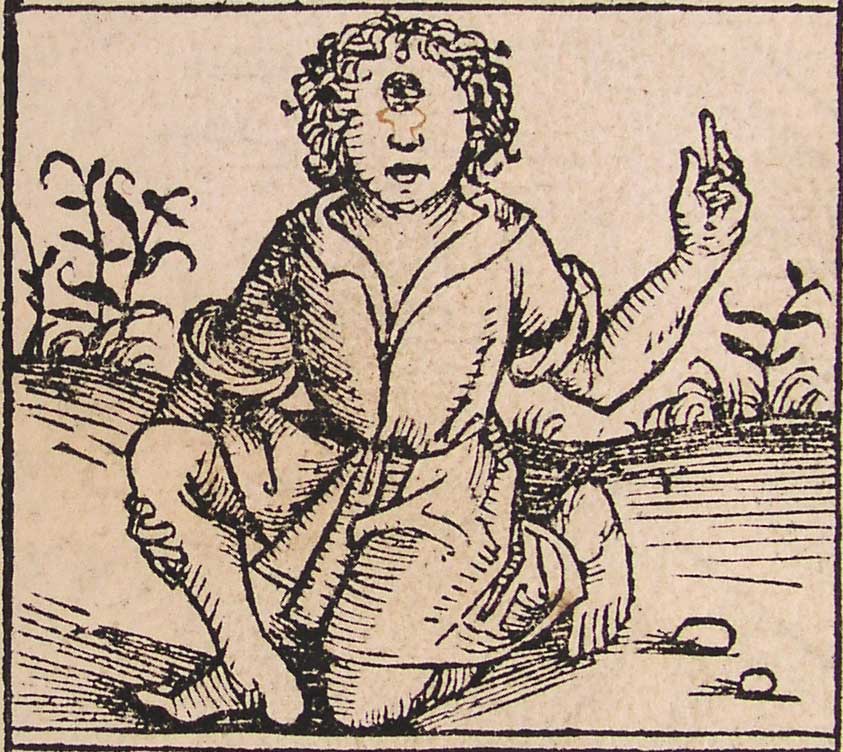
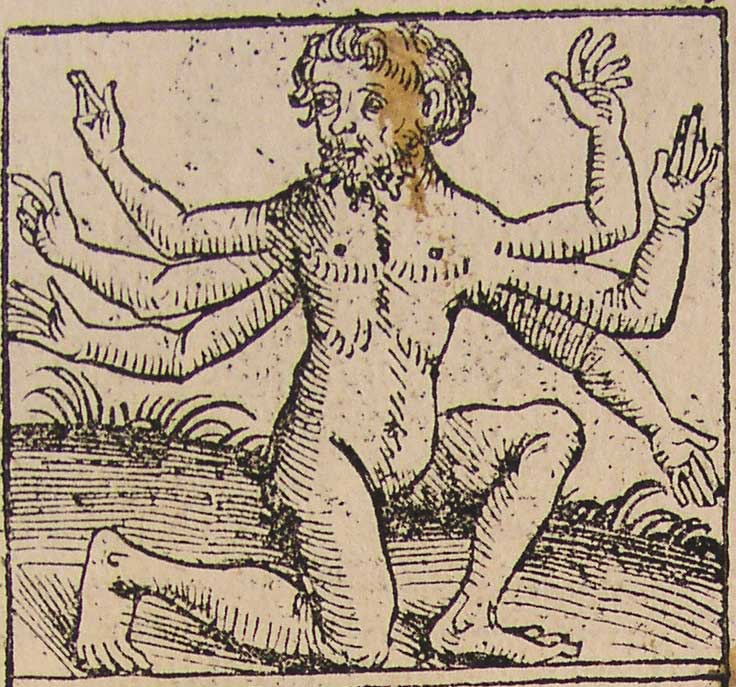
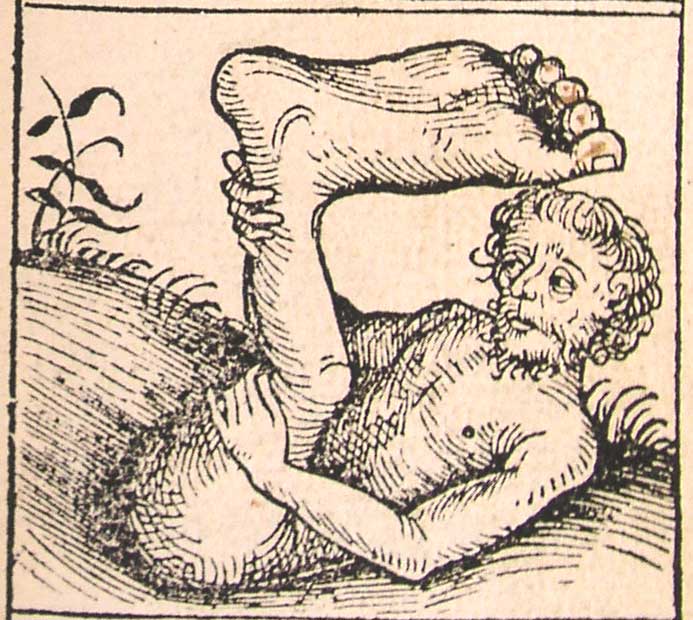
Now, we know that there are not literally monsters elsewhere; but we still have this tendency to turn others — migrants, refugees, those from other religions, those from other countries — into moral monsters.
Homework:
For today’s homework, I want you to first read the reading by Saint Augustine about otherness and monsters. It is only two pages long and can be found under the Files tab on Canvas. When you have done the reading, answer the following questions on the Canvas discussion board.
- What are the sources from which Augustine has learned of the “monstrous races”, and how reliable does he think they are?
- In what ways is this divergence from what he calls “the natural norm” a religious or philosophical problem for him?
- What analogy does he use to suggest that this diversity, if it exists, might be natural?
- What is Augustine’s definition of “human”?
- What are the three possibilities Augustine offers for explaining these “monsters”? Are there other possibilities he doesn’t include, or that he rules out?
This is a graded task (zero or one), and the deadline is by the end of Wednesday 4th September ICT.
We’ll start the next class by talking about this, and then we’ll have fun thinking about monsters.